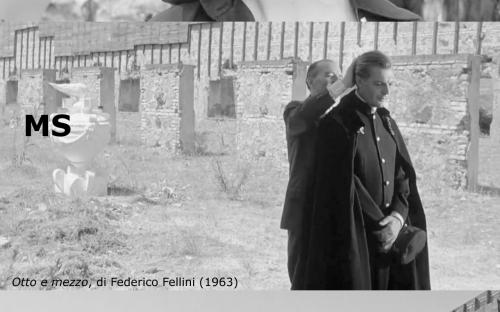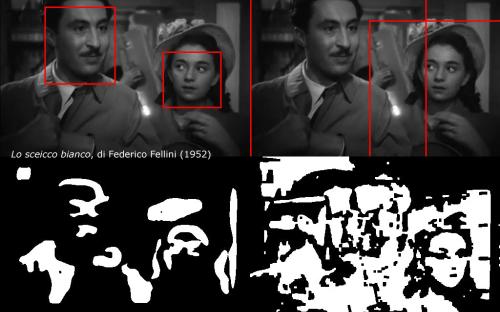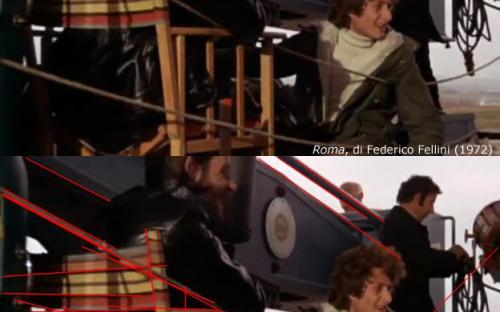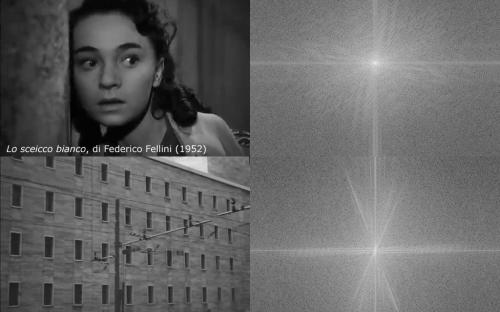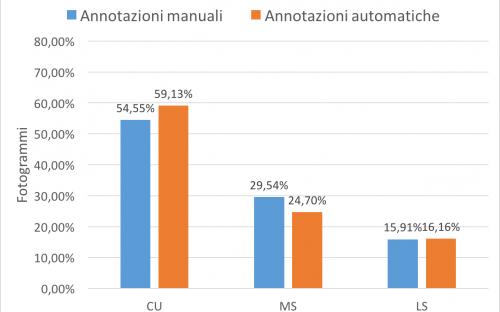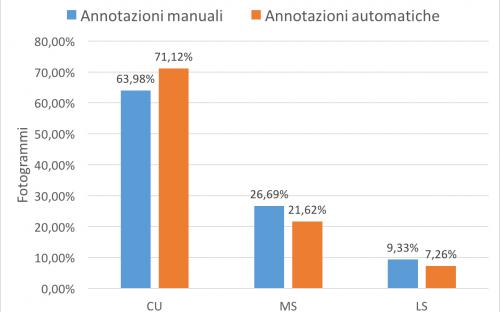Degree:
Course:
Shot scale in a movie scene is the apparent distance between the main subject of the scene and the camera. It is used in audiovisual products in order to convey meaning and it is considered one of the main stylistic features of a movie.
Professor A.B. Kovács (ELTE University, Budapest) discovered a pattern in the filmography of Italian director Michelangelo Antonioni[1]. This raised different questions about the cognitive reasons behind that pattern and about how much significant is the shot scale distribution (SSD) in identifying a movie or a movie corpus.
In order to understand at which level the SSD might become the fingerprint of a specific movie, author or genre, an automatic framework is needed. The aim of this work is to test the one proposed by the image processing research group of the University of Brescia[2].
The adopted framework extracts movie frames from the video stream with a sampling period of 1 s. Each frame is analyzed according to peculiar features and synthesized by nine numeric descriptors. Finally, a machine learning algorithm is run on the raw data from the movie frames and each shot is classified as Close-up, Medium Shot or Long Shot. The results on the overall distribution are then compared with manual annotations and prove the validity of this approach.
In this work, the analysis is conducted over a set of ten movies chosen from the filmography of Federico Fellini. In total, more than 50k movie frames were analyzed. The attached documents (in Italian) summarize the result of the work.
[1] A. B. Kovács, “Shot scale distribution: An authorial fingerprint or a cognitive pattern?”, Projections, vol. 8, n. 2, 2014. doi: 0.3167/proj. 2014.080204.
[2] S. Benini, M. Svanera, N. Adami, R. Leonardi e A. B. Kovács, “Shot scale distribution in art films”, Multimedia Tools and Applications, pp. 1–29, 2016, issn: 1573-7721. doi: 10.1007/s11042-016-3339-9.</p>

